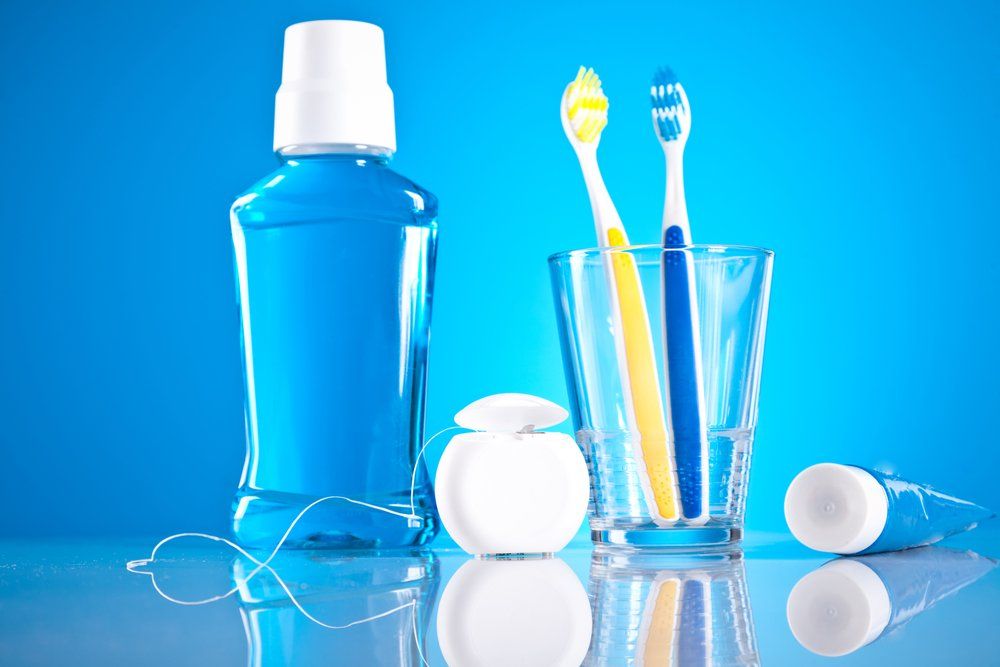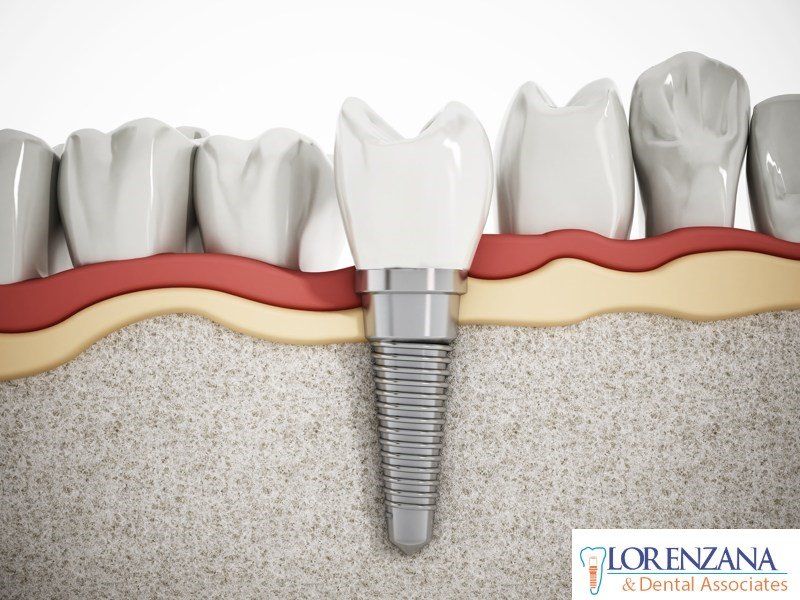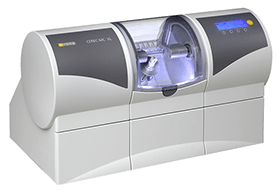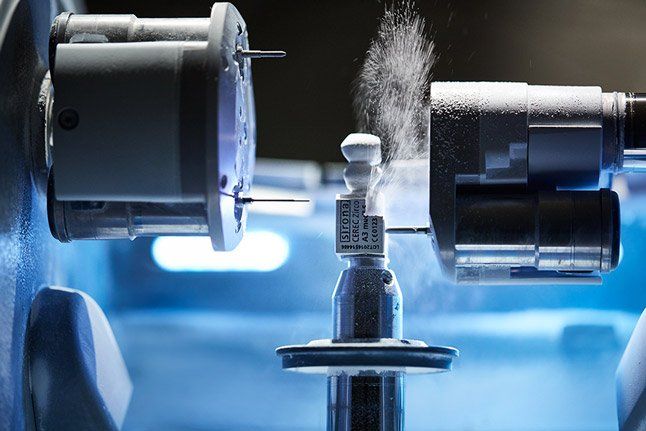Early detection of oral cancer can save your life
Dr. Rafael Lorenzana • September 25, 2013
Oral cancer is where an abnormal group of cells (tumour) develops on the surface of the tongue, mouth, lips or gums.
The most common symptoms include:
- one or more mouth ulcers that do not heal
- red or red & white patches on the tissue lining the oral cavity of tongue.
- swelling in the mouth area that last for more then 3 weeks.
- Squamous Cell Carcinomas
- Oral Malignant Melanoma
- Adenocarcinomas
- Smoking
- Drinking Alcohol
- Infection with human Papilloma Virus (HPV)
- A diet with lots of red meats and fried foods
- Surgery: Cancerous cells or tissue enlargment are surgically removed along with some surrounding tissue.
- Chemotherapy: Medication is used to kill cancer cells.
- Radiotherapy: Hige energy xrays are udes to kill cancer cells.
- Surgery and radiotherapy can make speaking and swallowing difficult.
- High emotional impact
- Depression
- Not smoking
- Reducing alcohol consumption
- Eating a well balanced diet with a lot of fresh vegetables, citrus fruits and fish
- Regular dental check-ups every 6 months
The early diagnosis of oral cancer makes it possible for early treatment. A combination of chemo therapy, radiation therapy and surgery can make a complete cure possible. This makes it very important to visit your dentist on a regular basis, making it possible for your dentist to recognize early signs or symptoms of suspicious tissues and to take the necessary measures taking a sample of the tissues called a biopsy and sending the sample to a pathologist to be studied. Depending on the results of the study, will be the options of treatment.
At Lorenzana & Dental Associates in El Salvador, Dr. Rafael Lorenzana who is certified by the board of prosthodontics, is a great choice to get your dental treatment done in Latin America. With lower costs then the US, we host many people from all over the world.
La detección temprana del cáncer oral puede salvarle la vida
El
cáncer oral es donde se desarrolla un grupo anormal de células (tumor)
en la superficie de la lengua, la boca, los labios o las encías. Los síntomas más comunes incluyen:
• una o más úlceras bucales que no cicatrizan
• parches rojos o rojos y blancos en el tejido que recubre la cavidad oral de la lengua.
• hinchazón en el área de la boca que dura más de 3 semanas.
¿Cuáles son los tipos más comunes de cáncer oral?
• Carcinomas de células escamosas
Este es el tipo más común de cáncer oral. Este tipo de células se encuentran dentro de la boca y debajo de la piel,
• Melanoma maligno oral
El cáncer comienza en células llamadas melanocitos. Se encuentran especialmente en la piel.
• Adenocarcinomas
Cánceres que se desarrollan dentro de las glándulas salivales. Principales factores de riesgo
• Fumar
• Bebiendo alcohol
• Infección por el virus del papiloma humano (VPH)
• Una dieta con muchas carnes rojas y alimentos fritos
¿Quién puede verse afectado por el cáncer oral? El cáncer oral es un tipo de cáncer poco común. La mayoría de los casos se desarrollan en adultos mayores que tienen alrededor de 60 años de edad. También puede ocurrir en adultos más jóvenes, pero está principalmente relacionado con la infección por VPH. También se puede encontrar más en los hombres que en las mujeres. Tipos de tratamiento
• Cirugía: las células cancerosas o la ampliación del tejido se extirpan quirúrgicamente junto con el tejido circundante.
• Quimioterapia: los medicamentos se usan para matar las células cancerosas.
• Radioterapia: las radiografías de energía de Hige son usadas para matar células cancerosas.
Estos 3 tipos de tratamientos se pueden combinar para obtener mejores resultados. Se pueden administrar radioterapia y quimioterapia después de la cirugía para evitar la reaparición de las células cancerosas. ¿Qué tipo de complicaciones se deben al cáncer oral?
• La cirugía y la radioterapia pueden dificultar el habla y la deglución.
• Alto impacto emocional
• Depresión
Cómo reducir el riesgo de cáncer oral
• No fumar
• Reducir el consumo de alcohol
• Comer una dieta bien equilibrada con muchas verduras frescas, cítricos y pescado
• Controles dentales regulares cada 6 meses
El diagnóstico precoz del cáncer oral permite un tratamiento precoz. Una combinación de quimioterapia, radioterapia y cirugía puede hacer posible una curación completa. Esto hace que sea muy importante visitar a su dentista regularmente, haciendo posible que su dentista reconozca signos o síntomas tempranos de tejidos sospechosos y tome las medidas necesarias tomando una muestra de los tejidos llamada biopsia y enviando la muestra a un dentista. patoligista para ser estudiado. Dependiendo de los resultados del estudio, serán las opciones de tratamiento. En Lorenzana & Dental Associates en El Salvador, el Dr. Rafael Lorenzana, que cuenta con la certificación de la junta de prostodoncia, es una excelente opción para realizar su tratamiento dental en Latinoamérica. Con costos más bajos que los EE. UU., Recibimos a muchas personas de todo el mundo.
• una o más úlceras bucales que no cicatrizan
• parches rojos o rojos y blancos en el tejido que recubre la cavidad oral de la lengua.
• hinchazón en el área de la boca que dura más de 3 semanas.
¿Cuáles son los tipos más comunes de cáncer oral?
• Carcinomas de células escamosas
Este es el tipo más común de cáncer oral. Este tipo de células se encuentran dentro de la boca y debajo de la piel,
• Melanoma maligno oral
El cáncer comienza en células llamadas melanocitos. Se encuentran especialmente en la piel.
• Adenocarcinomas
Cánceres que se desarrollan dentro de las glándulas salivales. Principales factores de riesgo
• Fumar
• Bebiendo alcohol
• Infección por el virus del papiloma humano (VPH)
• Una dieta con muchas carnes rojas y alimentos fritos
¿Quién puede verse afectado por el cáncer oral? El cáncer oral es un tipo de cáncer poco común. La mayoría de los casos se desarrollan en adultos mayores que tienen alrededor de 60 años de edad. También puede ocurrir en adultos más jóvenes, pero está principalmente relacionado con la infección por VPH. También se puede encontrar más en los hombres que en las mujeres. Tipos de tratamiento
• Cirugía: las células cancerosas o la ampliación del tejido se extirpan quirúrgicamente junto con el tejido circundante.
• Quimioterapia: los medicamentos se usan para matar las células cancerosas.
• Radioterapia: las radiografías de energía de Hige son usadas para matar células cancerosas.
Estos 3 tipos de tratamientos se pueden combinar para obtener mejores resultados. Se pueden administrar radioterapia y quimioterapia después de la cirugía para evitar la reaparición de las células cancerosas. ¿Qué tipo de complicaciones se deben al cáncer oral?
• La cirugía y la radioterapia pueden dificultar el habla y la deglución.
• Alto impacto emocional
• Depresión
Cómo reducir el riesgo de cáncer oral
• No fumar
• Reducir el consumo de alcohol
• Comer una dieta bien equilibrada con muchas verduras frescas, cítricos y pescado
• Controles dentales regulares cada 6 meses
El diagnóstico precoz del cáncer oral permite un tratamiento precoz. Una combinación de quimioterapia, radioterapia y cirugía puede hacer posible una curación completa. Esto hace que sea muy importante visitar a su dentista regularmente, haciendo posible que su dentista reconozca signos o síntomas tempranos de tejidos sospechosos y tome las medidas necesarias tomando una muestra de los tejidos llamada biopsia y enviando la muestra a un dentista. patoligista para ser estudiado. Dependiendo de los resultados del estudio, serán las opciones de tratamiento. En Lorenzana & Dental Associates en El Salvador, el Dr. Rafael Lorenzana, que cuenta con la certificación de la junta de prostodoncia, es una excelente opción para realizar su tratamiento dental en Latinoamérica. Con costos más bajos que los EE. UU., Recibimos a muchas personas de todo el mundo.
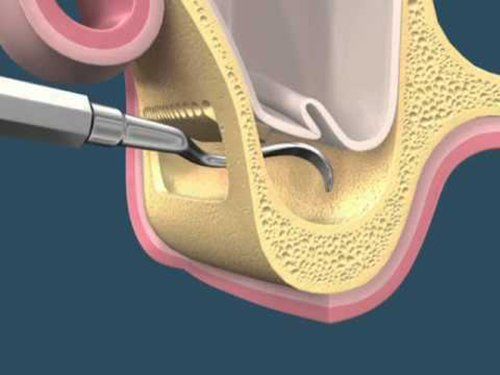
¿Qué Es? El levantamiento de seno maxilar es una cirugía que agrega hueso a tu maxilar superior en el área de tus molares y premolares. El hueso es agregado entre tu maxilar y tus senos maxilares, los cuales se encuentran a cada lado de tu nariz. A modo de hacer espacio para el hueso, la membrana sinusal necesita ser levantada. ¿Para Qué Se Usa? Un levantamiento de seno se realiza cuando no hay suficiente altura en el hueso del maxilar, o cuando los senos están demasiado próximos al maxilar, y los implantes dentales no se pueden colocar por tal motivo. Hay varias posibles razones para que esto suceda: · Muchas personas que han perdido los dientes de su maxilar superior — particularmente los dientes posteriores o molares — no tienen suficiente hueso para que los implantes dentales sean colocados. Una vez se pierde un diente, el hueso en esa área comienza a ser reabsorbido. Si los dientes han estado ausentes por un largo tiempo, con frecuencia no hay suficiente hueso restante para colocar implantes. · Se pudo haber perdido hueso debido a alguna enfermedad periodontal (de las encías). · El seno maxilar puede estar demasiado próximo al maxilar superior. La forma y tamaño del seno varía de persona a persona. El seno también puede agrandarse a medida envejeces. ¿Cómo Se Hace? Tu cirujano hará una incisión y levantará la encía donde tus dientes posteriores solían estar, exponiendo el hueso. Se hace un pequeño agujero ovalado en el hueso. La membrana que reviste el seno en el lado opuesto al agujero separa tu seno de tu maxilar. Esta membrana se empuja suavemente hacia arriba y lejos de tu maxilar. Material de injerto óseo es insertado en el espacio donde el seno solía estar. Una vez el hueso está en su lugar, el tejido es suturado. Lo Que Sigue Después del procedimiento, podrías tener algo de inflamación en el área y podrías sangrar por tu boca o nariz. No te suenes la nariz o estornudes con fuerza. Hacer eso podría causar que el material de injerto óseo se mueva y que los puntos de sutura se aflojen. Puede ser que tu dentista te prescriba medicina para prevenir el congestionamiento y la inflamación. También necesitarás medicina para el dolor, un antibiótico y enjuague bucal antimicrobiano para prevenir una infección. La mayoría de los pacientes solamente experimentarán un poco de incomodidad luego de un procedimiento de levantamiento de seno. Verás al especialista luego de algunos días. Él/ella evaluará el sitio de la cirugía y retirará los puntos de sutura si fuese necesario. Podrías tener que visitar al especialista un par de veces más para que se asegure de que el área está sanando apropiadamente. Tus implantes se colocarán entre cuatro y nueve meses después del levantamiento de seno, dependiendo de la cantidad de hueso requerida. Esto permite que haya tiempo para que el material de injerto óseo se una a tu hueso.
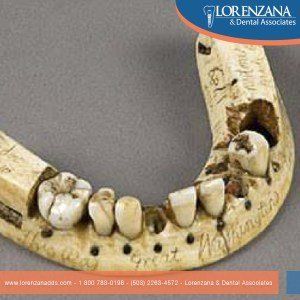
Hoy en día la prótesis dental nos permite reemplazar los dientes perdidos con un aspecto muy estético y natural, devolviendo a la boca la función perdida; pero eso no fue siempre así. Las primeras prótesis dentales de las que tenemos constancia provienen de los etruscos del siglo VIII a. C. y se conserva en el Museo de la Facultad de Odontología de París. Los etruscos utilizaron dientes de animales para reemplazar las piezas faltantes ensambladas sobre bandas de oro, lo cual muestra habilidades muy altas por parte de ellos. Creemos que los fenicios ya usaron oro blando y alambre de oro para la construcción de prótesis dentales. También utilizaron soldaduras y modelos de impresiones. Hacia 754 aC , los etruscos, hábiles artesanos de la época, producían pónticos muy complejos. Empleaban bandas de oro soldadas cada una por pónticos hechos con diferentes piezas dentales de humanos o animales.
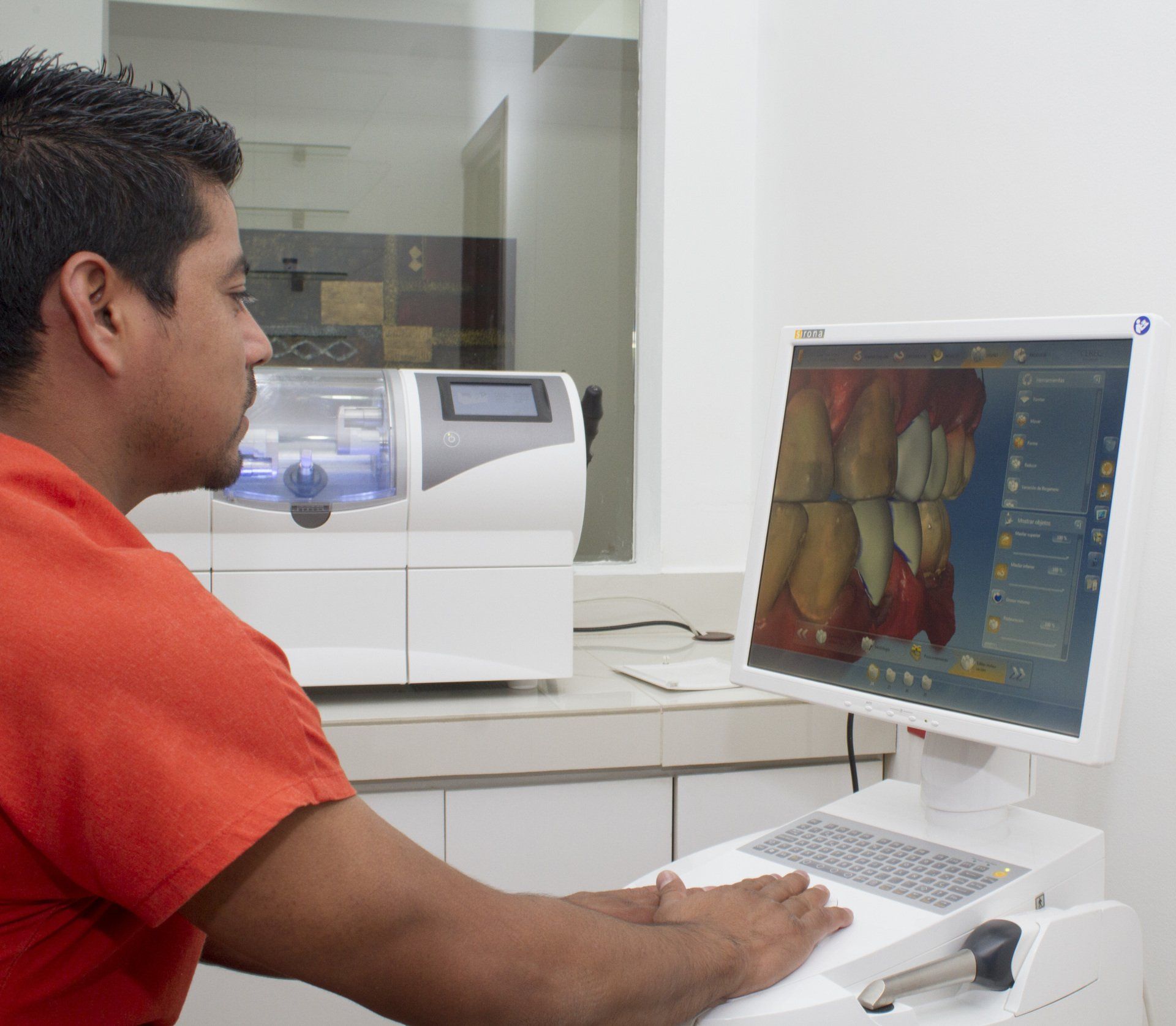
At Lorenzana & Dental Associates, we love our CEREC system - and our patients love it, too! Thanks to CEREC, we can give people the convenience of getting their teeth fixed (e.g. crowns, veneers) in as little as a single visit to our clinic. That is just impressive, right? But how did such an incredible technology as CEREC come into existence? Well, we will talk a little about that in this blog, which is the first in a series of blogs about this system. Let's get to it!
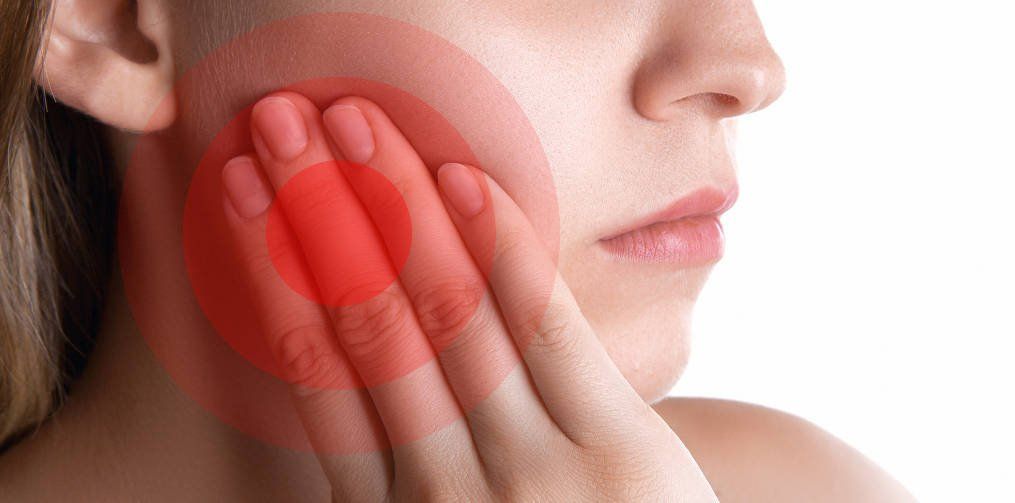
Temporomandibular joint disorders are conditions that cause discomfort and inhibit the proper functioning of the jaw joint and muscles that control jaw movement. Causes In most cases, the cause of TMJ disorders is not evident. However, here is a list of potential causes: External trauma, such as a hard hit to the head or jaw. Tooth grinding or jaw clenching. Poor alignment between top and bottom teeth. Excessive chewing (e.g. gum or fingernails). Overextending the TMJ while eating large things. Degenerative diseases. Symptoms There are various symptoms that could be related to TMJ disorders. Examples of these are the following: Pain in facial, jaw, neck or back muscles. Swelling. Muscle stiffness or limited movement of the jaw. Clicking, popping or grating sounds accompanied by pain when moving the jaw. Teeth not fitting comfortably together. Jaw not opening uniformly or locking. Headache or earache. Difficulty swallowing. Diagnosis There is not always a straightforward way of diagnosing TMJ disorders. Exact causes and symptoms are not clear, and that means the discomfort someone is experimenting could be due to different health issues. Your doctor will take your symptoms and medical history into consideration and then will examine areas of discomfort, including the head, neck, face, and jaw. The doctor might also use x-rays in the analysis of your case. Treatment Reversible Treatments Conservative treatments do not invade the tissues of the face, jaw, or joint, or involve surgery. Reversible treatments do not cause permanent changes in the structure or position of the jaw or teeth. It is advisable that you try these first, before considering more expensive and permanent ones. Muscle and ligament tightness can be helped with jaw stretching and relaxing exercises as advised by your doctor. If the jaw becomes locked, it may be necessary to manipulate the joint back into place under a general anaesthetic. The most common TMJ issues are temporary and do not get worse. Short-term use of pain relievers, such as ibuprofen, may be sufficient. A stabilization splint or a bite guard may provide relief. Stabilization splints should only be used for a short time and should not cause permanent changes in bite. Permanent Treatments There is often debate around the use of permanent methods to treat TMJ disorders. There are no long term studies that show the efficacy of these methods, plus they are extensive and often more expensive than reversible treatments. The bite may be adjusted by polishing teeth, using reconstructive dentistry, or fitting braces. A repositioning splint may be fitted, which over time will permanently change the position of the jaw, ligaments and muscles. There may be an effect on teeth alignment, so more dental work may be needed to adjust the teeth. There is even the option to replace the jaw joint with artificial implants, but it should be considered a last resort. Self-Care In many cases, self-care measures can help alleviate the symptoms of TMJ disorders: Eating soft foods. Applying cold or warm compresses. Avoiding excessive jaw movements (shouting, gum-chewing, and wide yawning, for instance). Practicing gentle jaw stretching and relaxing exercises. Resting the jaw as much as possible. SOURCES: National Institute of Dental and Craniofacial Research Health Navigator



